
Burj Khalifa Observation Deck in Dubai (Tickets, At The Top, Height, etc.)
The Burj Khalifa is the tallest building on the planet and found in the heart of Dubai. It’s marketed as one of the main attractions in Dubai, offering an unrivaled

The Burj Khalifa is the tallest building on the planet and found in the heart of Dubai. It’s marketed as one of the main attractions in Dubai, offering an unrivaled
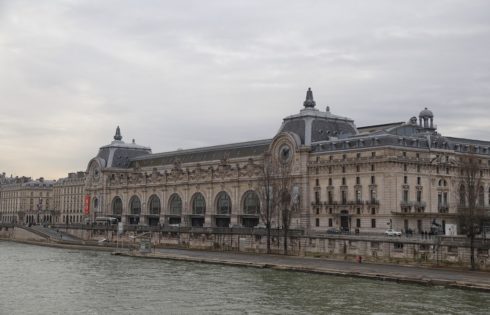
Are you planning a visit to the Musee d’Orsay (Orsay Museum) or thinking about visiting? This article will tell you everything you need to know about the Musee d’Orsay, including how

The Duomo in Milan, also known as the Milan Cathedral, is one of the most iconic structures in Italy (which is saying a lot). It’s a massive cathedral that took

The Rijksmuseum, meaning “state museum” in English, is the most visited museum in the Netherlands and for good reason. There’s a lot to see and admire. This article will take
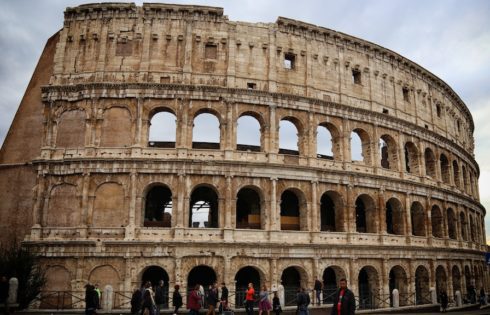
The Colosseum is obviously a must-do for your visit to Rome. But there are a lot of different ways for you to experience the magnificence of the Colosseum. You can opt
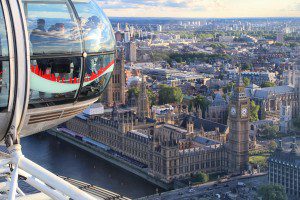
The London Eye is one of the most iconic landmarks in London. Tons of people flock to the London Eye for the unique experience and fantastic views of landmarks like
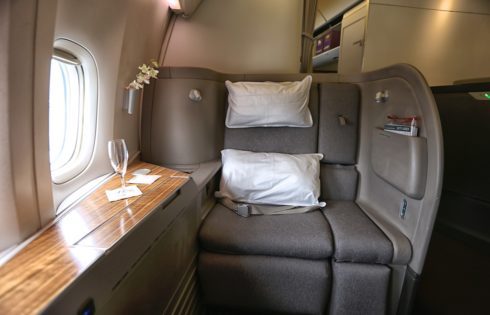
I’d been wanting to fly first class on Cathay Pacific for a long time. Initially, I wanted to fly only long-haul first class but when an opportunity came to try

Musée du Louvre, or “The Louvre,” is an absolute beast of a museum. It’s so vast and contains so many thousands of pieces of art and relics that there’s simply no

There are tons of travel hacking tools out there and I’m a huge fan of many of them. But there’s a number of tools that I really like and use
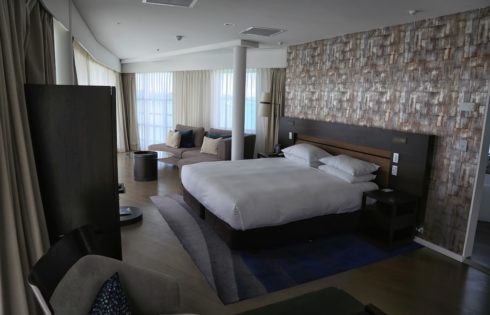
The Bow Suites at the Hilton Auckland are terrific suites that feel drastically different from the standard rooms offered at the hotel. They come with beautiful wraparound balconies with terrific
| Cookie | Duration | Description |
|---|---|---|
| cookielawinfo-checkbox-analytics | 11 months | This cookie is set by GDPR Cookie Consent plugin. The cookie is used to store the user consent for the cookies in the category "Analytics". |
| cookielawinfo-checkbox-functional | 11 months | The cookie is set by GDPR cookie consent to record the user consent for the cookies in the category "Functional". |
| cookielawinfo-checkbox-necessary | 11 months | This cookie is set by GDPR Cookie Consent plugin. The cookies is used to store the user consent for the cookies in the category "Necessary". |
| cookielawinfo-checkbox-others | 11 months | This cookie is set by GDPR Cookie Consent plugin. The cookie is used to store the user consent for the cookies in the category "Other. |
| cookielawinfo-checkbox-performance | 11 months | This cookie is set by GDPR Cookie Consent plugin. The cookie is used to store the user consent for the cookies in the category "Performance". |
| viewed_cookie_policy | 11 months | The cookie is set by the GDPR Cookie Consent plugin and is used to store whether or not user has consented to the use of cookies. It does not store any personal data. |
